
Discover more at Allan Bank and Grasmere
Find out when Allan Bank and Grasmere is open, how to get here, the things to see and do and more.
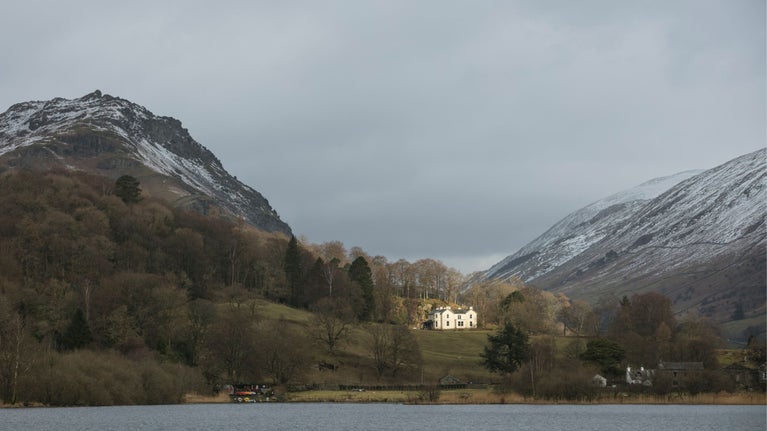
Allan Bank was the first villa to appear in Grasmere valley, built in 1805 on a prominent site overlooking the lake. It was home to the poet William Wordsworth during a key period in his life, when he began to write his 'Guide to the Lakes', a defining text for the Lake District. Over a century later, Allan Bank was home to Hardwicke Rawnsley, one of the founders of the National Trust.
Allan Bank was the first villa to appear in Grasmere valley, built in 1805 on a prominent site overlooking the lake. It was home to the poet William Wordsworth during a key period in his life, when he began to write his 'Guide to the Lakes', a defining text for the Lake District. Over a century later, Allan Bank was home to Hardwicke Rawnsley, one of the founders of the National Trust.
Writing in 1768, the poet Thomas Gray (1716–71) was the first to draw attention to the idyllic atmosphere of the Grasmere valley: 'Not a single red tile, nor flaring gentleman's house, or garden wall break upon the repose of this little unsuspected paradise but all is peace, rusticity, and happy poverty, in its neatest most becoming attire.'
Even when tourism came to the larger Lakes valleys in the late 18th century, the tiny village and scattered farms of Grasmere received few visitors.
William Wordsworth (1770–1850), was born and grew up in Cockermouth, on the western edge of the Lake District, and went to school in nearby Penrith and Hawkshead. After studying at Cambridge, his restless spirit took him to France and Switzerland, London, north Wales and Dorset. In 1799, with his brother John (1772–1805) and his friend and collaborator Samuel Taylor Coleridge (1772–1834), he walked through Grasmere, just as Gray had done 31 years before.
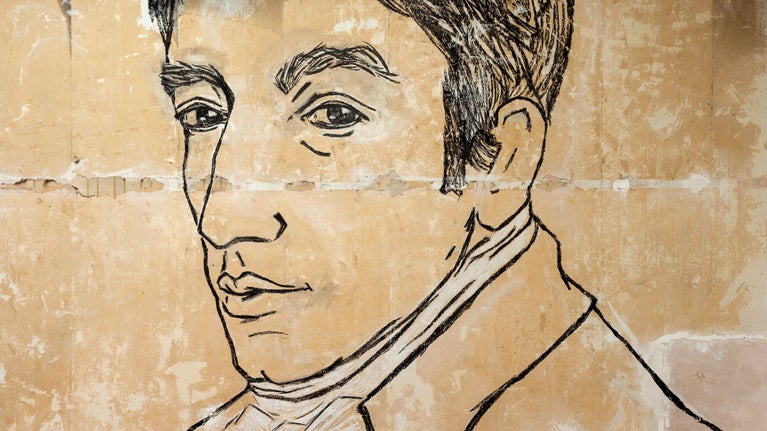
Allan Bank became a hive of activity. Coleridge worked on periodicals, assisted by Sara Hutchinson, who was the younger sister of Mary Hutchinson, who married Wordsworth in 1802. Wordsworth continued to work on 'The Excursion', to be published in 1814. The Wordsworths finally had the space they needed, but the house was cold and the chimneys smoked, making life difficult in winter. Coleridge’s addiction to opium and infatuation with Sara Hutchinson was an added strain on the household.
The Wordsworths were also short of money. John Wordsworth was a ship commander for the East India Company, the organisation managing Britain’s trade and colonial enterprises in South and East Asia. William invested heavily in John’s cargo and supported the plan to ship an illegal consignment of the addictive drug opium from India to China. But John died and his cargo was lost when his ship sank on rocks in stormy weather just outside Weymouth, ending William’s dreams of independent wealth.
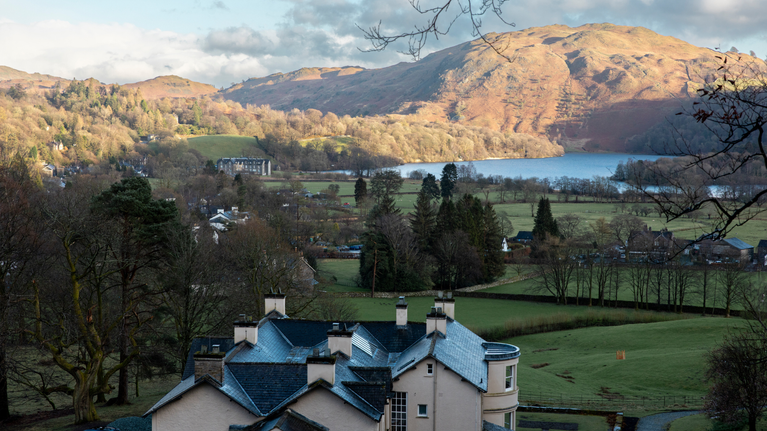
The clergyman and amateur artist Joseph Wilkinson (1764–1831), who was publishing a book of Lake District views, asked Wordsworth to write the introduction. Wordsworth was reluctant, but needing the money, he took the commission. This piece of writing became his Guide to the Lakes, published separately by Wordsworth in 1810. Although there were already many scenic descriptions of the Lake District, Wordsworth’s Guide was a more modern and holistic study of place, nature and culture.
While Wordsworth defined the Lake District for his readers, he also raised the issue of its preservation, asking if the district could become ‘a sort of national property’. This radical idea, long before the idea of national parks, was a first step in the wider conservation of the Lakes and many other landscapes. Edited and expanded several times by Wordsworth, the Guide remains in print today.
Wordsworth and his family left Allan Bank in 1811 for Grasmere’s rectory, and then, following the loss of two of their children Thomas and Catherine, they moved to nearby Rydal Mount, their final home.
In 1834 Crump sold Allan Bank to Thomas Dawson (1812–95), another merchant and solicitor. Dawson enlarged Allan Bank and added fashionable Gothic details. An ornate billiard room in the form of a Gothic chapel and more substantial walks were built in the craggy woodlands that framed the house. A tunnel through the crags provided a route for the water supply but also created a picturesque moment of surprise.

In 1916 Canon Hardwicke Rawnsley (1851–1920) bought Allan Bank for his retirement. He had spent his life as a writer, campaigner and social reformer, co-founding the National Trust in 1895. For much of this time he had been vicar of Crosthwaite Church near Keswick, but he now returned to the place of his earliest experiences of the Lake District on holiday as a schoolboy.
Rawnsley’s first wife and collaborator Edith (1846–1916) died only shortly before moving to Allan Bank. In 1917 he married Eleanor Foster (1873 –1959), a family friend, travelling companion, and secretary. Having known Rawnsley for many years, she assumed many of his interests and roles. The National Trust was still a small organisation run by local committees. Allan Bank soon became a hub for the work of the Trust in the Lake District during a key period between the two world wars.
Rawnsley bequeathed Allan Bank to the National Trust on his death in 1920, but Eleanor retained a life interest. Like other National Trust properties in the Lakes, it was let to tenants.
Following a fire in 2010, Allan Bank was restored and opened to the public in 2012. It has become one of the National Trust’s most informal houses, as well as a focal point for Wordsworth’s defining vision of the Lake District.

Find out when Allan Bank and Grasmere is open, how to get here, the things to see and do and more.
With rugged 19th century woodland grounds, formal lawns, exhibitions and surrounding countryside and lakes to explore, there’s plenty to see and do at Allan Bank and Grasmere.
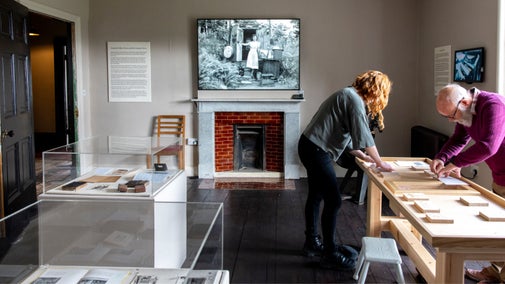
Discover the history of William Wordsworth’s childhood home, which was a place of both great happiness and sorrow, and learn how it was saved from complete destruction.
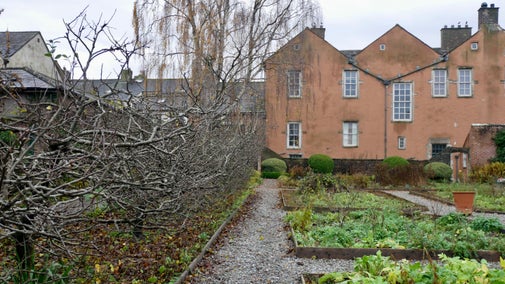
Learn how the Romantic movement, led by poets and artists such as Byron and J.M.W. Turner, broke with the Enlightenment’s teachings to celebrate imagination and emotional sensitivity.

The East India Company was probably the most powerful corporation in history. At its height, it dominated global trade between Europe, South Asia and the Far East, fought numerous wars using its own army and navy, and conquered and colonised modern day India, Pakistan, Bangladesh and Burma.
